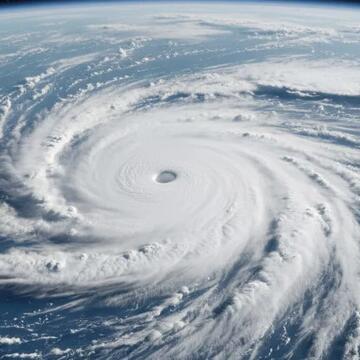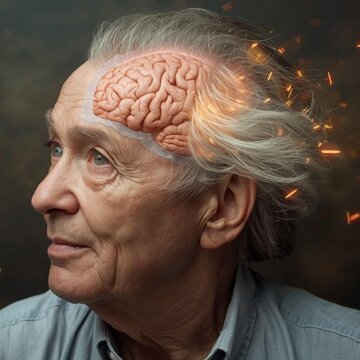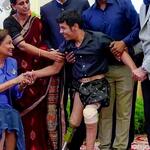12 September, Friday: The country has descended into its worst unrest in decades after Nepal's youth-led protests reached their boiling point. Initiated by a contentious social media ban and fueled with resentment against corruption, the riots have rocked Kathmandu and beyond.
Here's what we know so far about the Nepal GenZ protest:
1. Prime Minister resigns amid crises
Nepal Prime Minister KP Sharma Oli resigned after popular outrage following the death of 22 people in clashes with the police. His resignation was presented as a move towards a "constitutional solution" to the crisis.
2. Catalyst: Social Media Ban
The direct trigger was the government's move to ban 26 widely used platforms, including Facebook, WhatsApp, and Instagram, on the grounds of non-registration. Critics labelled it an effort to muzzle dissent. The ban was revoked in a matter of days, but the rage had burst out already.
3. Gen Z in Charge
The demonstrations are dominated by Gen Z students and young professionals. Several of them carried placards labeling themselves as "Gen Z," and the term became a battle cry for change.
4. Rising Violence
Police fired water cannons, tear gas, rubber bullets, and allegedly live rounds. Protesters stormed the perimeter of the parliament building, set government offices alight, and attacked politicians' residences.
5. Mounting Death Toll
At least 22 individuals have been killed, including a 12-year-old boy, and close to 300 have been hurt. Kathmandu and other city hospitals continue to be overwhelmed.
6. Army Intervenes
Nepal's army chief, General Ashok Raj Sigdel, served notice and sent troops to protect key infrastructure. The army maintains it is willing to "control the situation" if the unrest escalates.
7. Flights cancelled
Kathmandu's Tribhuvan International Airport was briefly shut for security. Air India, IndiGo, and SpiceJet cancelled or rerouted flights for passenger and crew safety.
8. 'Nepo Kids' movement
Protesters made the hashtags #NepoBaby and #NepoKids a rallying cry against the extravagant ways of politicians' children, contrasted with the general youth unemployment and economic wretchedness.
9. Leaderless but loud
The movement has no single leader. Instead, youth collectives and social media callouts are mobilizing thousands nationwide. Only Kathmandu’s mayor, Balen Shah, has openly voiced support.
10. What’s next?
With the prime minister's resignation, power dynamics remain uncertain. Protesters demand sweeping anti-corruption reforms, while security forces enforce curfews. Analysts warn of further escalation if dialogue fails.











